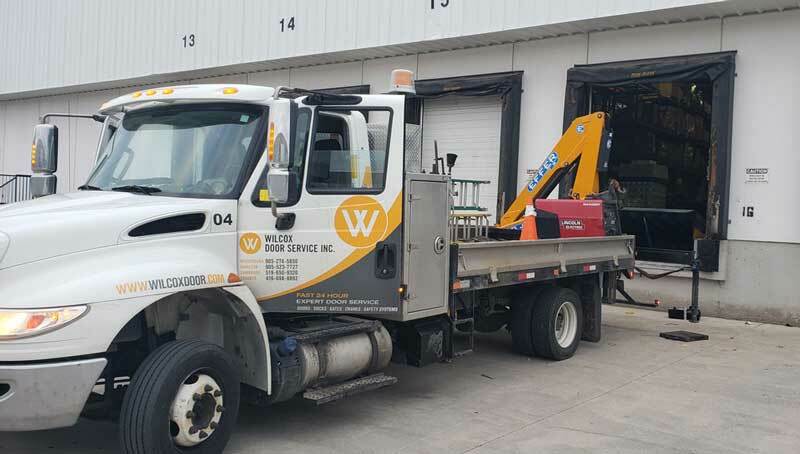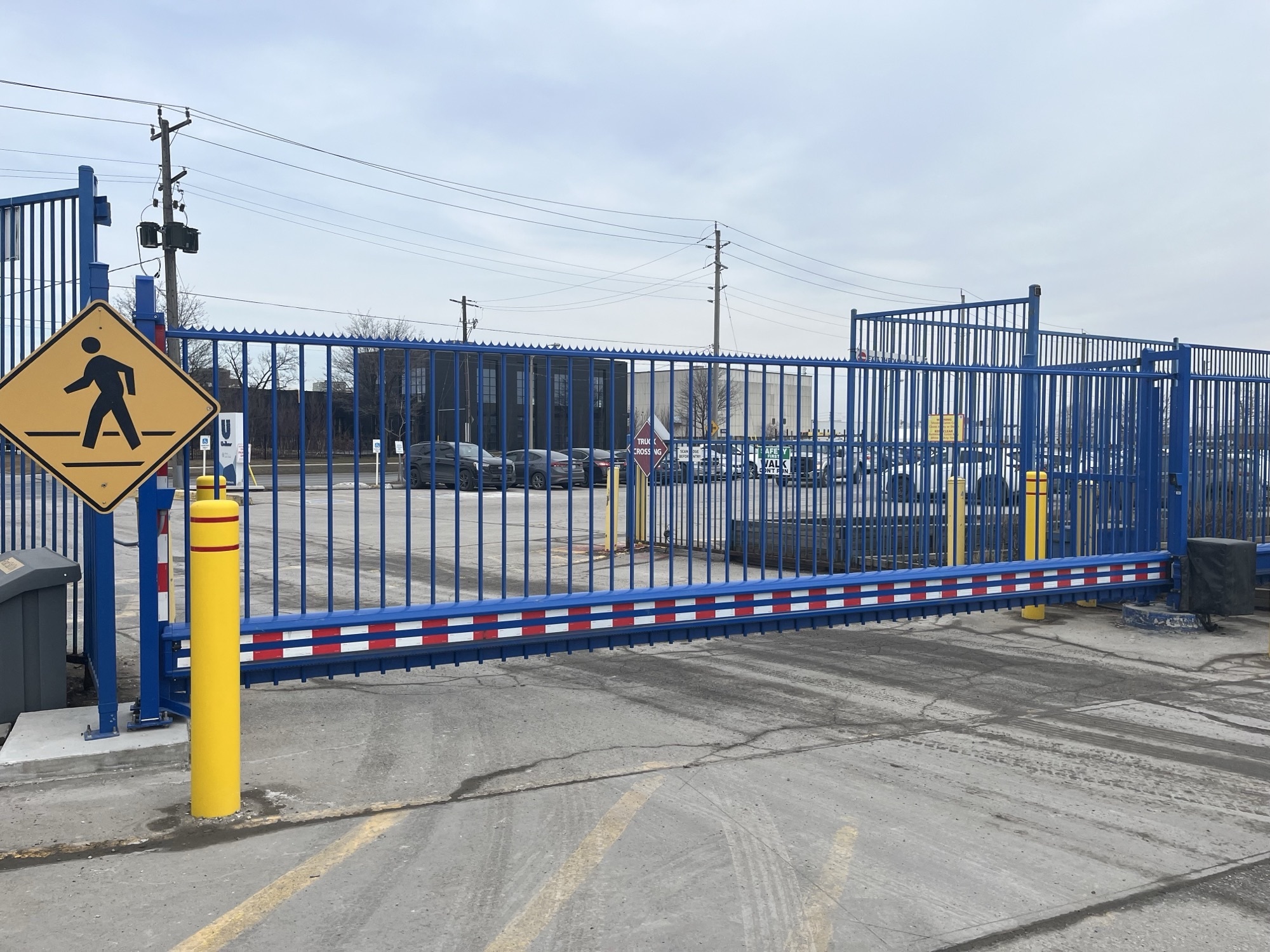As we transition from one season to another, businesses across various industries must adapt to changes in weather conditions. Maintaining energy efficiency is paramount, not only for cost savings but also for reducing environmental impact. One often overlooked aspect of energy conservation in commercial buildings is the state of their doors. Sealing gaps in doors can make a significant difference in energy efficiency, preventing unnecessary heat loss or gain. In this blog, we’ll explore why sealing gaps in commercial doors is crucial for enhancing energy efficiency, focusing on the impact of even a quarter-inch gap in a 9’x10’ overhead door.
Imagine a typical commercial property with a large overhead door, such as those found in warehouses, loading docks, or storage facilities. Now, visualize a quarter-inch gap along the edges of that door. To the untrained eye, it might seem inconsequential. However, in terms of energy efficiency, that seemingly small gap is akin to having a square foot hole in your wall. This gap allows conditioned air to escape during the winter and enter during the summer, leading to increased energy consumption and higher utility bills.
Studies have shown that air leakage through gaps around doors and windows can account for a significant portion of a building’s heating and cooling load. According to the Department of Energy, sealing these leaks can save up to 10% on heating and cooling costs annually. Therefore, addressing gaps in commercial doors is a crucial step in enhancing energy efficiency and reducing operational expenses.
But how exactly do these gaps impact energy efficiency? When warm air escapes or enters a building through door gaps, the heating, ventilation, and air conditioning (HVAC) system must work harder to maintain a comfortable indoor temperature. This increased workload not only consumes more energy but also accelerates wear and tear on HVAC equipment, leading to higher maintenance costs and a shorter lifespan. Additionally, excessive heating or cooling due to air leakage can result in uneven temperatures throughout the building, leading to discomfort for occupants and potential productivity loss.
So, what can businesses do to address these gaps and enhance energy efficiency during seasonal shifts? The first step is to conduct a thorough inspection of all commercial doors to identify any gaps or air leaks. This inspection should include not only the door panels but also the frames, hinges, and seals. Even minor gaps can have a significant impact on energy efficiency, so it’s essential to be meticulous in this process.
Once gaps are identified, the next step is to seal them effectively. This can be achieved through various methods, including weatherstripping, caulking, and installing door sweeps. Weatherstripping, in particular, is a popular choice for sealing gaps around doors due to its flexibility and durability. It involves applying a strip of material along the edges of the door to create a tight seal when closed. Door sweeps, on the other hand, are installed along the bottom of the door to prevent air leakage and improve insulation.
For larger gaps or more complex sealing needs, businesses may need to invest in professional door installation services. Companies like Wilcox Door Services specialize in commercial door installation and maintenance, with the expertise and resources to seal even the most challenging gaps effectively. We understand the importance of energy efficiency for businesses and are committed to helping our clients reduce their carbon footprint and save on energy costs.
In conclusion, sealing gaps in commercial doors is a crucial step in enhancing energy efficiency and reducing operational expenses. Even a quarter-inch gap in a 9’x10’ overhead door can have a significant impact on heating and cooling loads, leading to increased energy consumption and higher utility bills. By identifying and sealing these gaps effectively, businesses can ensure a comfortable indoor environment year-round while minimizing their environmental footprint and saving on energy costs. Contact Wilcox Door Service to optimize your commercial building’s energy efficiency.




